Even plan sponsors with the best intentions and safeguards in place occasionally miss their remittance deadlines.
When this happens, the question becomes: What steps do you take to correct the late remittance?
The Department of Labor (DOL) takes this issue very seriously; late remittances are a breach of a plan sponsor’s fiduciary responsibilities and are treated as prohibited transactions. It’s important to get started on a remedy as soon as possible. There are two options for correcting the problem: self-correction and the DOL’s Voluntary Fiduciary Correction Program (VFCP).
Before analyzing the pros and cons of each approach, plan sponsors need to understand the steps involved in correcting a late deposit.
Start By Depositing the Money
As soon as a late deposit is discovered, plan sponsors need to work quickly to move the contribution from the company’s general ledger to the trustee or custodian for the 401(k) or 403(b) plan. Plan sponsors also need to determine the earned income participants would have received had the funds been transferred on time.
The DOL provides a calculator plan sponsors can use to figure out lost earnings. It is not mandatory to use this calculator, but it can be a good starting point. Plan sponsors using self-correction, however, should be aware that the DOL will not automatically accept the amounts determined by the calculator as satisfying the requirement to make participants whole. The DOL explains that the calculator can only be used for plan sponsors who are applying for the VFCP; the calculator does not provide the precise amount needed for a self-correction under the regulations.
A prohibited transaction is not considered corrected until the lost earning has been contributed to the plan as defined by the DOL. The timing of the correction is important to prevent prohibited transactions from crossing multiple years.
Filling Out the Right Forms
The prohibited transaction will be reported on the Form 5500, Schedule H, Line 4a. The plan administrator, who signed the Form 5500, will receive an informational letter from the DOL on the VFCP shortly after filing the Form 5500.
After remitting the late deposits and making the additional contributions to cover lost earnings, plan sponsors should complete the Internal Revenue Service (IRS) Form 5330 and pay the excise tax—equal to 15 percent of the lost earnings. The excise tax cannot be paid from the plan assets. All expenses associated with correcting the mistake need to be paid by the employer, not the plan.
VFCP vs. Self-Correction: Weighing the Pros and Cons
Using the VFCP—and properly following its protocols—protects the plan sponsor from the DOL possibly taking any enforcement or audit action. In some cases, the IRS also may relieve the plan sponsor from paying the excise tax on the missed earnings, as well as other penalties. Another potential benefit of using the VFCP is that the missed earnings calculations are based on the IRS rate for underpayment, which is often lower than the plan’s rate of return.
Under the VFCP, the plan sponsor has to make the corrections and then apply to the program, showing the corrections made to the plan. If the corrections are approved, the DOL will issue a “no action” letter that removes the plan sponsor from possible future enforcement procedures.
The VFCP can be a time-consuming and expensive process. As a result, some plans choose the self-correction route, which can be quicker and less expensive. But in some cases, self-correction ends up being more expensive.
This is because some plan sponsors, to decrease the chances of an audit or further enforcement actions from the DOL, error on the side of safety when determining the amount needed to make employees whole and wind up paying more than necessary. To calculate the correction amount, plan sponsors generally use the greater of the plan’s actual rate of return or the rate set by the IRS for underpayment.
Another potential drawback of self-correction is that plan sponsors who use this method forfeit the opportunity to have the excise tax waved.
Insight: Develop a Plan for Making Corrections
Ignoring a late deposit of your participants’ contributions, no matter how small, can have massive consequences to fiduciaries and the plans they oversee. These issues need to be addressed quickly and exactly to avoid further dealings with the DOL. In addition to reviewing their remittance procedures and developing strategies to avoid missing deposit deadlines, plan sponsors also need to think about how they will correct any late deposits that do occur.
Documentation of the event and timely restoration are keys to avoiding DOL action.
In situations where the missed deadlines involve a relatively small number of transactions or occur over a shorter time period, self-correction may be an appropriate approach. Conversely, if there were multiple mistakes or the issue spanned more than one plan year, or if the plan sponsor wants to make sure that the DOL will not investigate the plan after the correction has been made, using the VFCP may be the appropriate strategy. Your firm representative is here to help you understand your options and take the proper steps to ensure that any mistakes are corrected as quickly and thoroughly as possible.
Written by Beth Garner. Copyright © 2022 BDO USA, LLP. All rights reserved. www.bdo.com.
If you have questions or need more information about employee benefit plans, contact Kevin Hamaker.
Error: Contact form not found.





